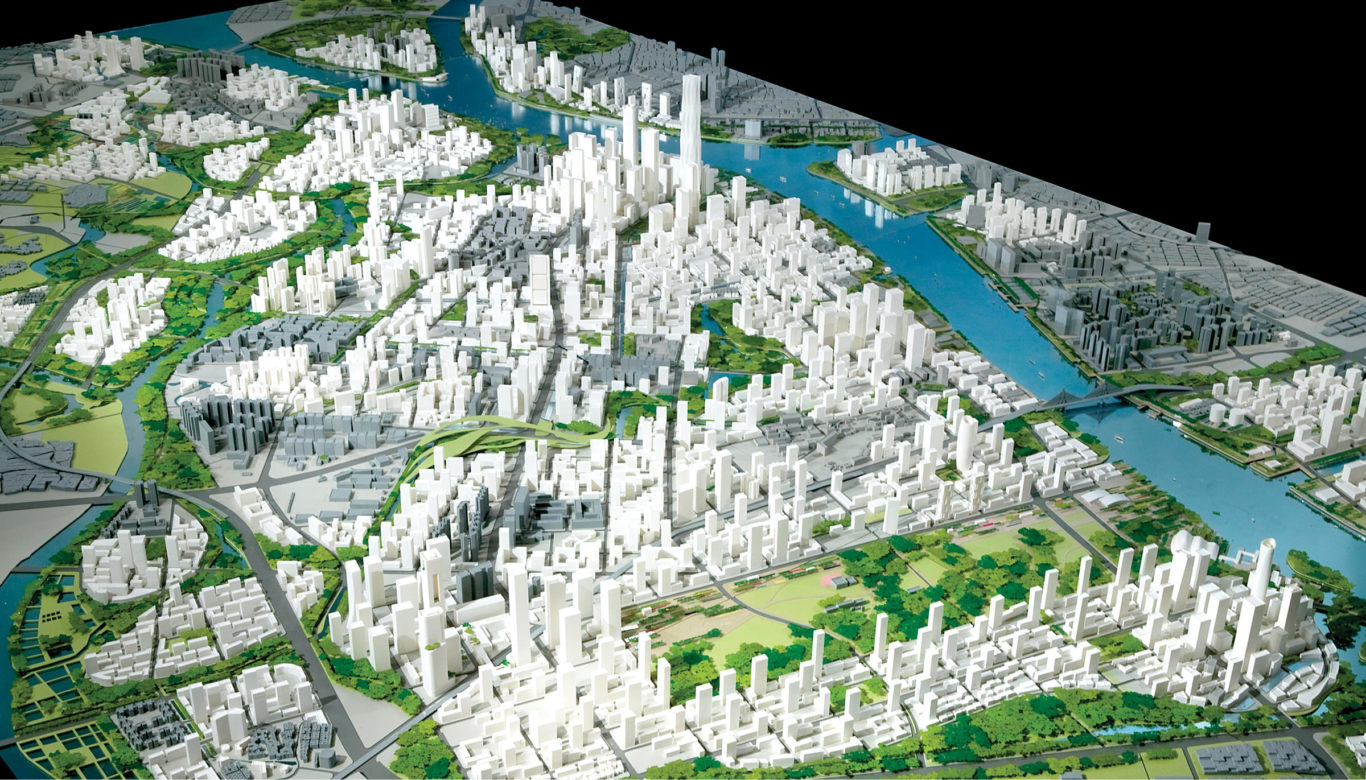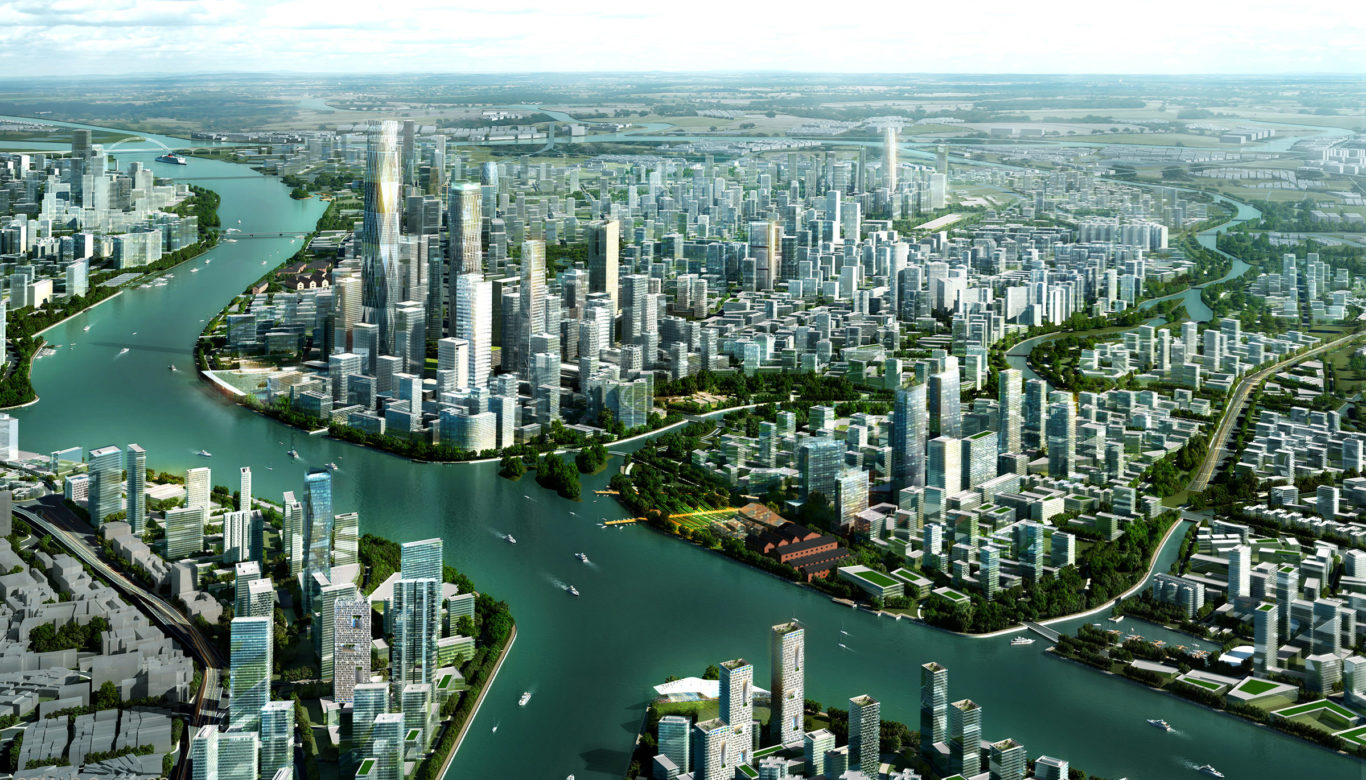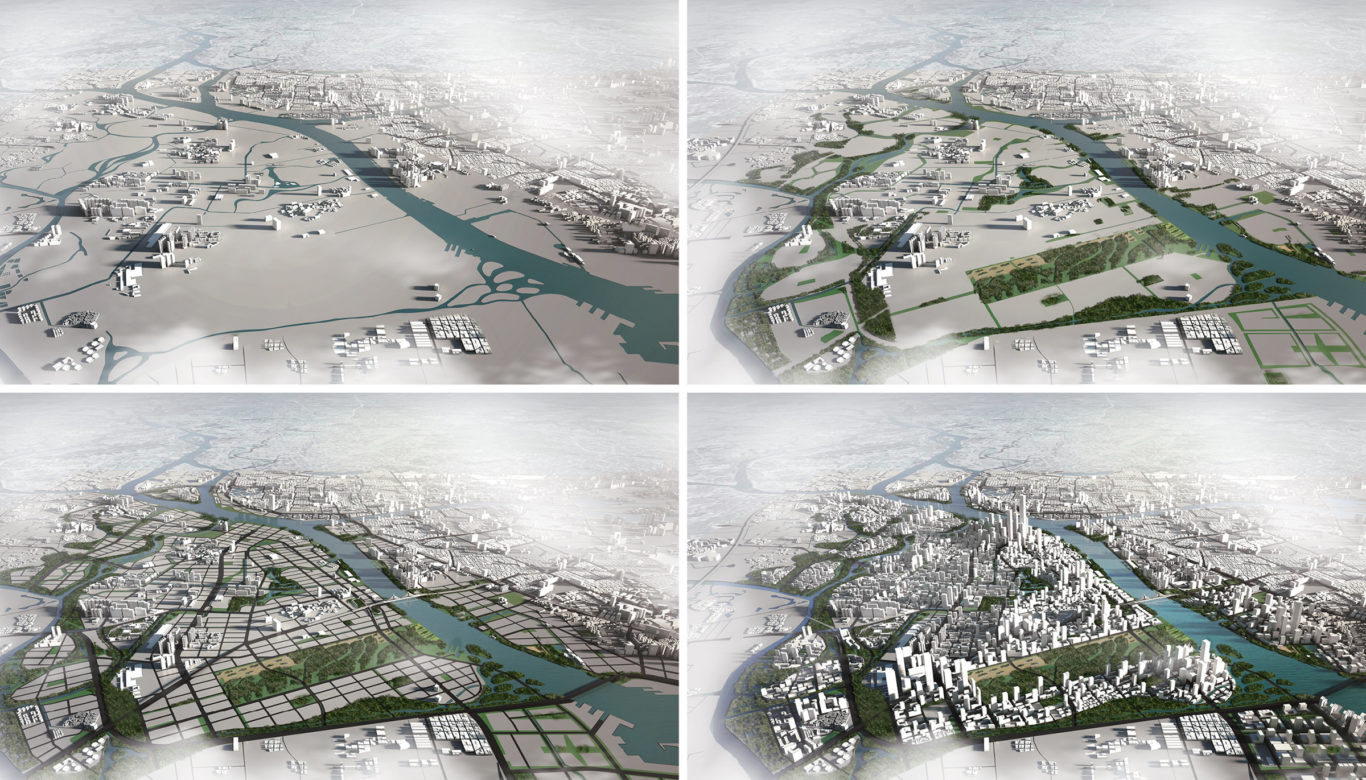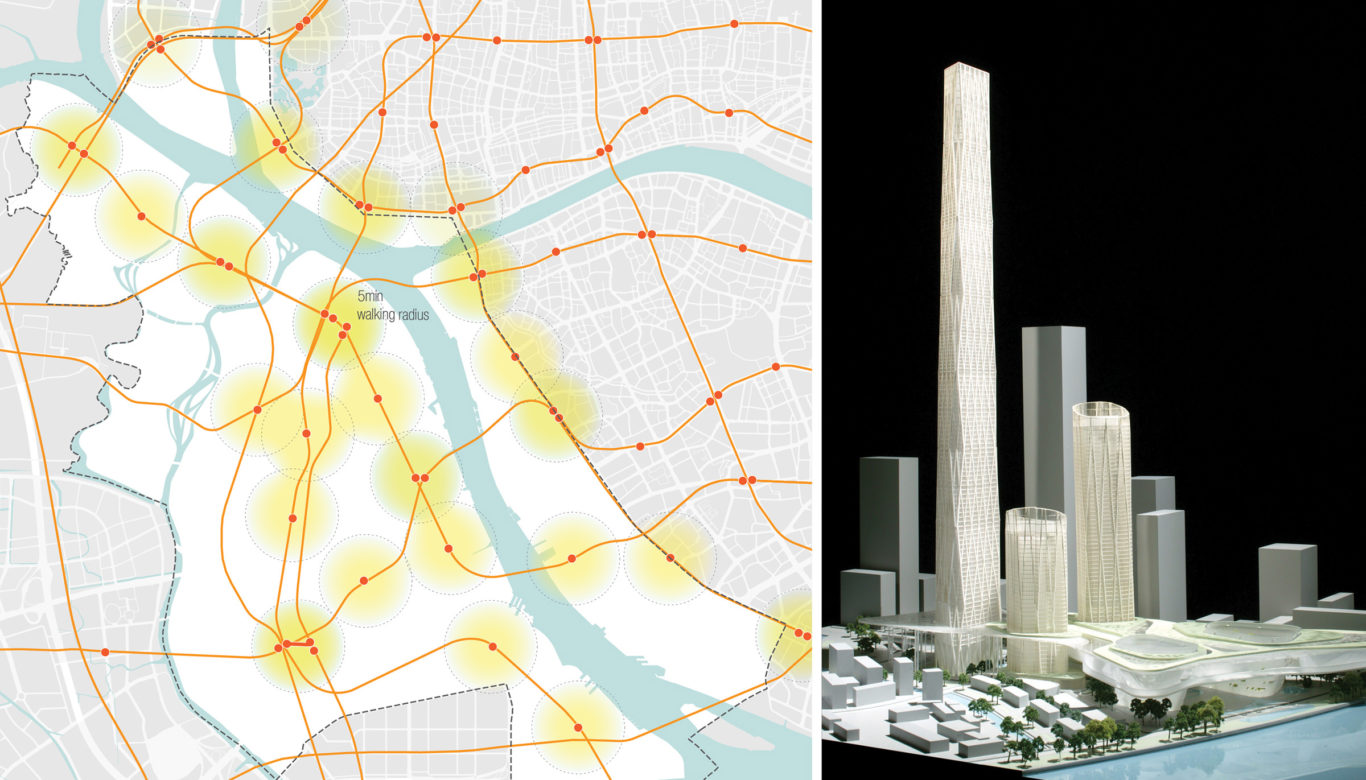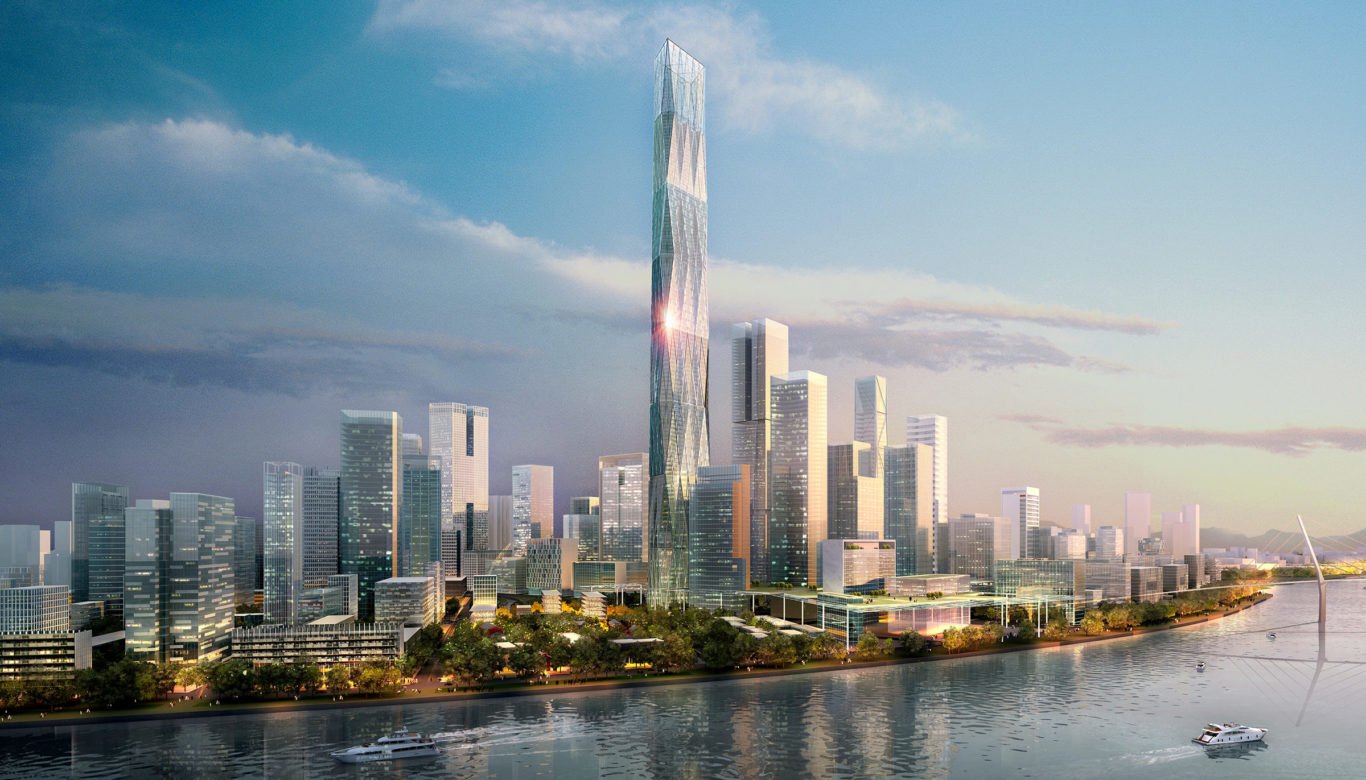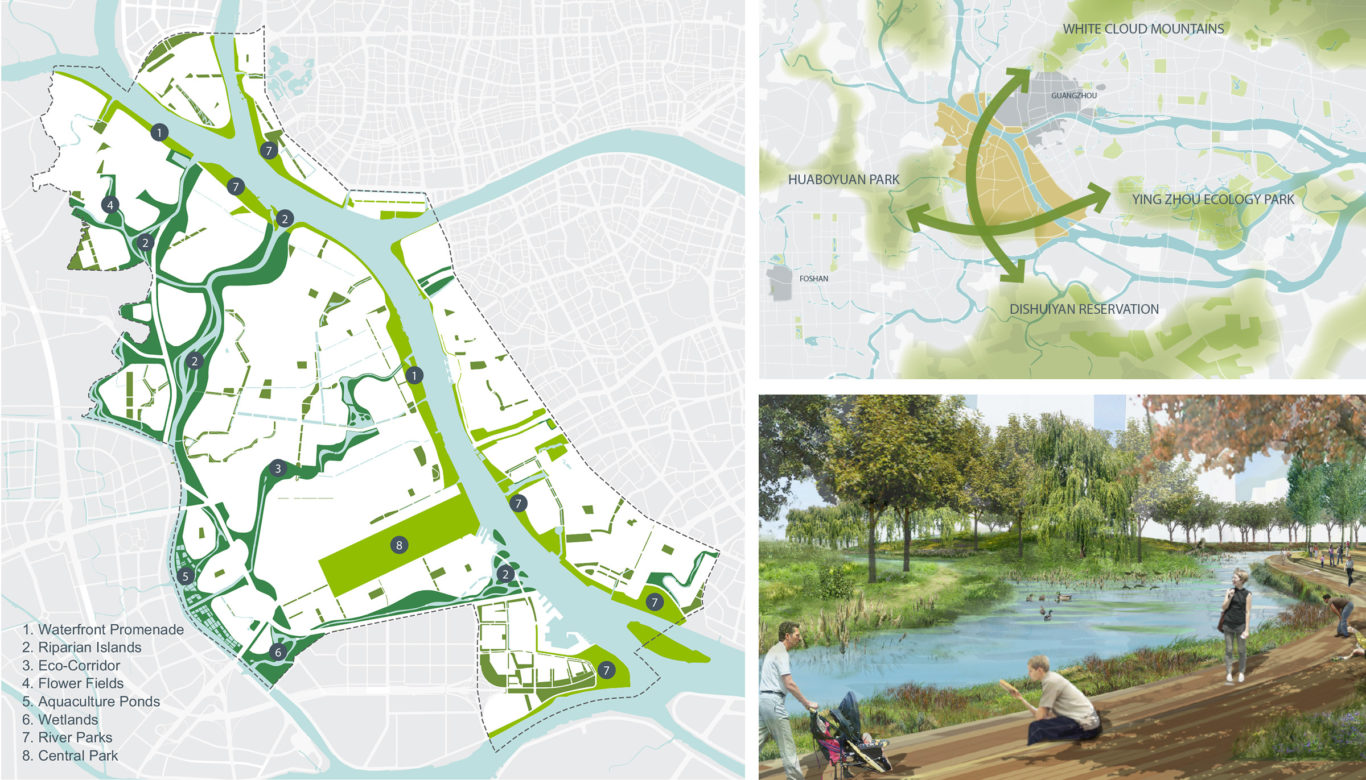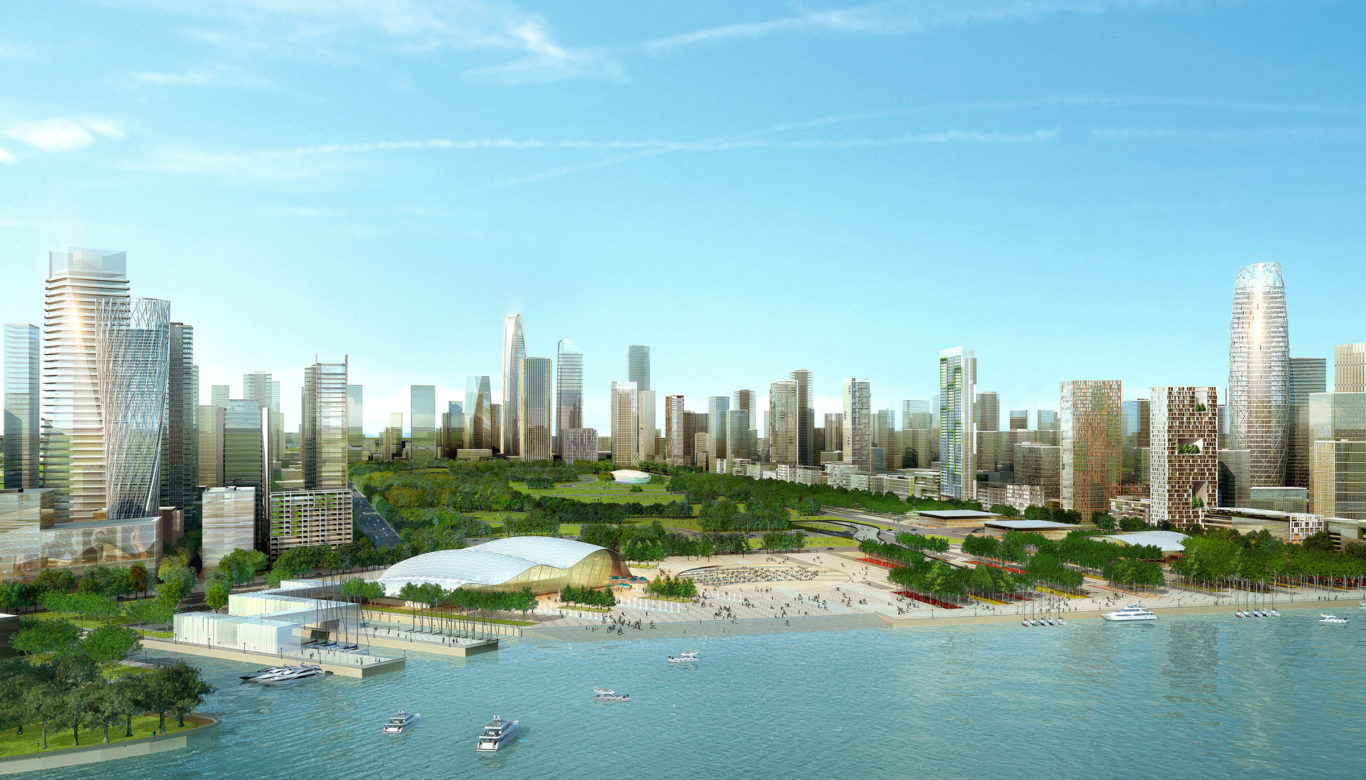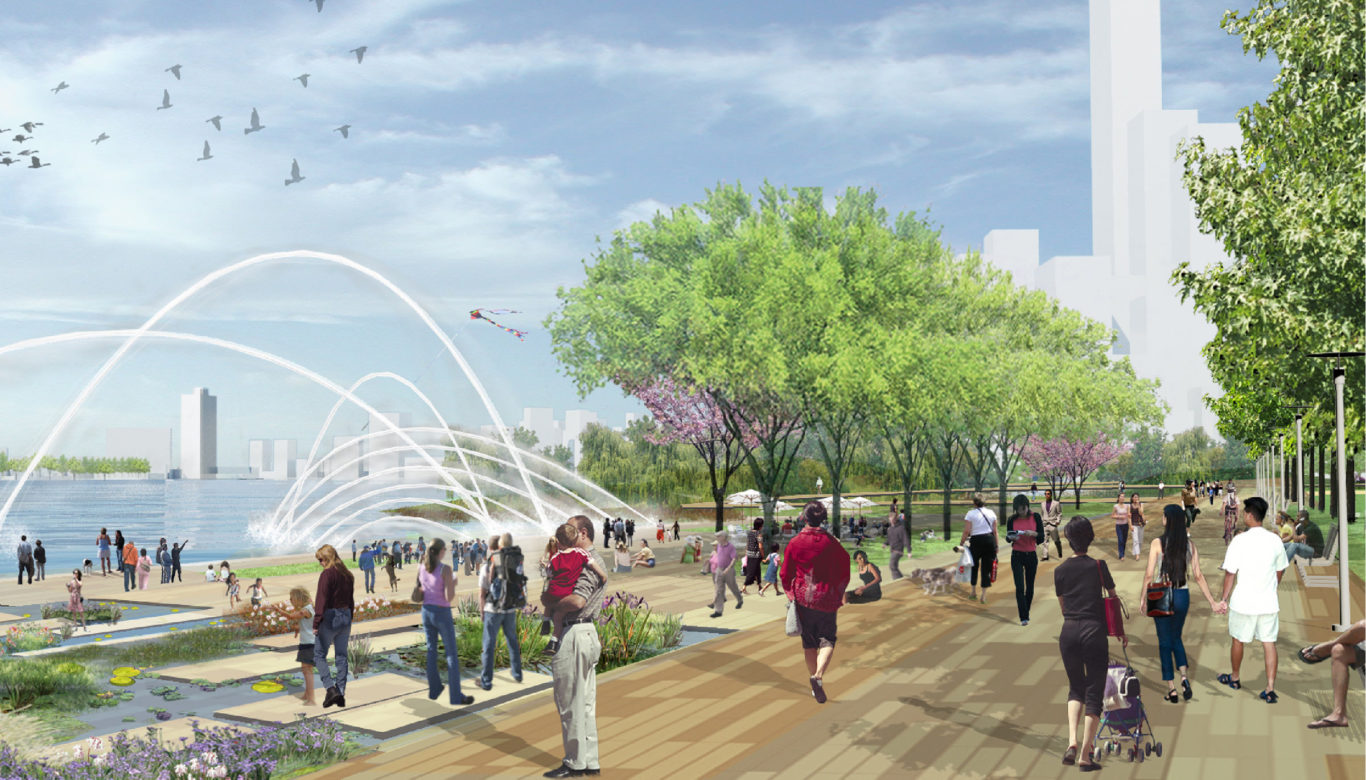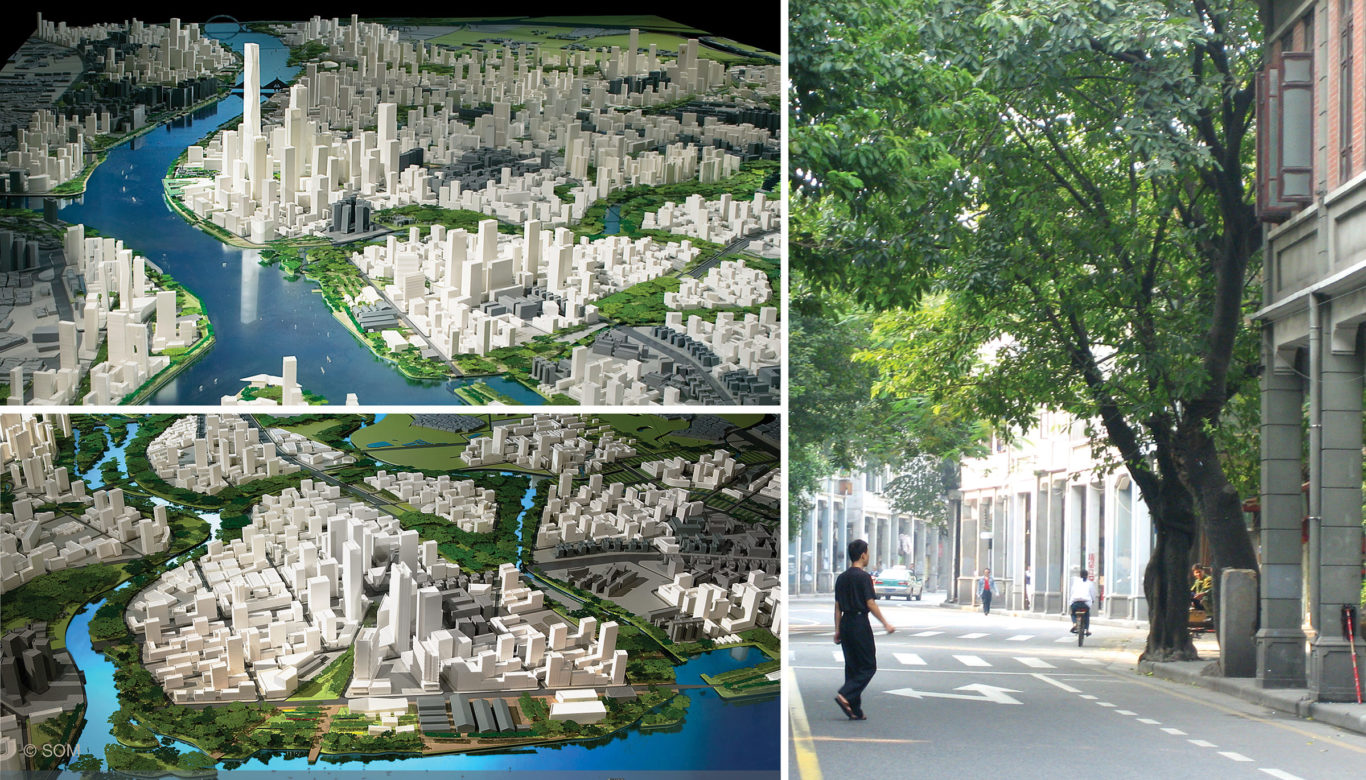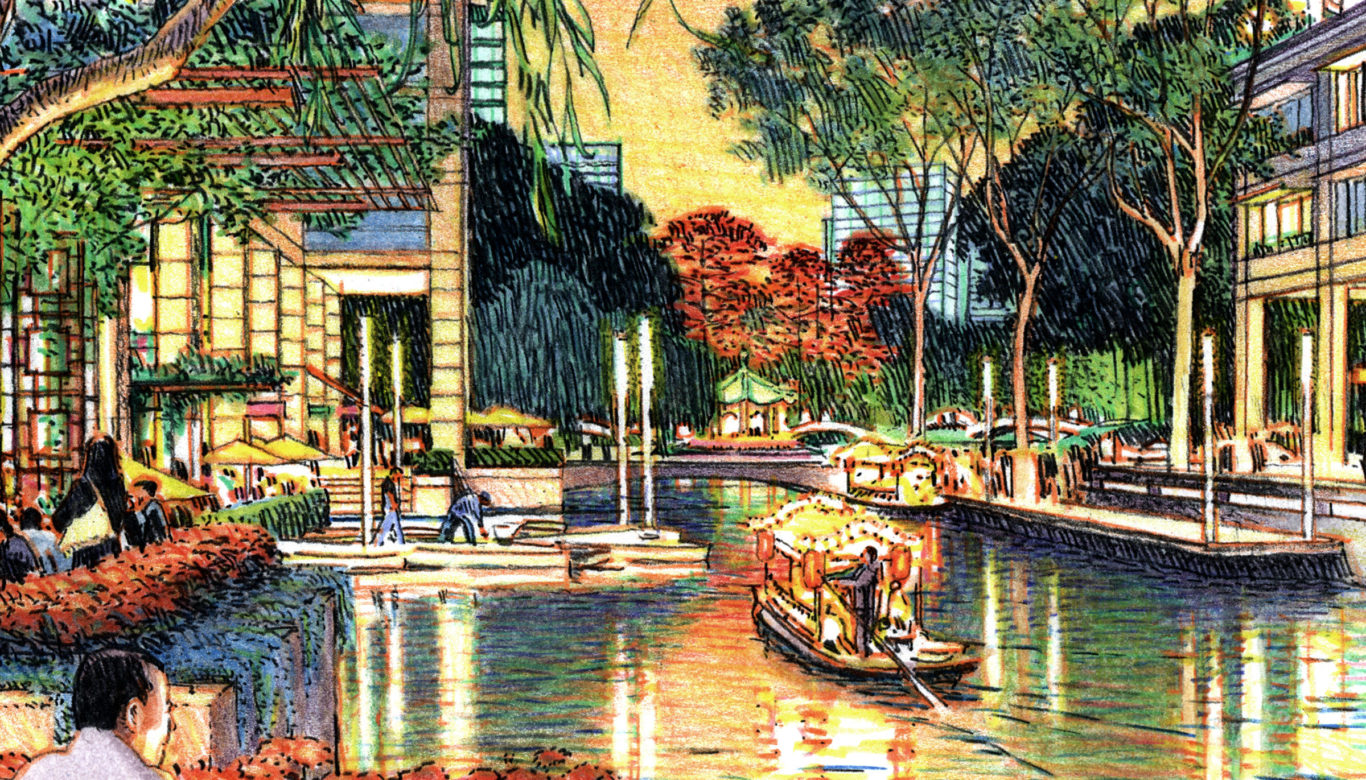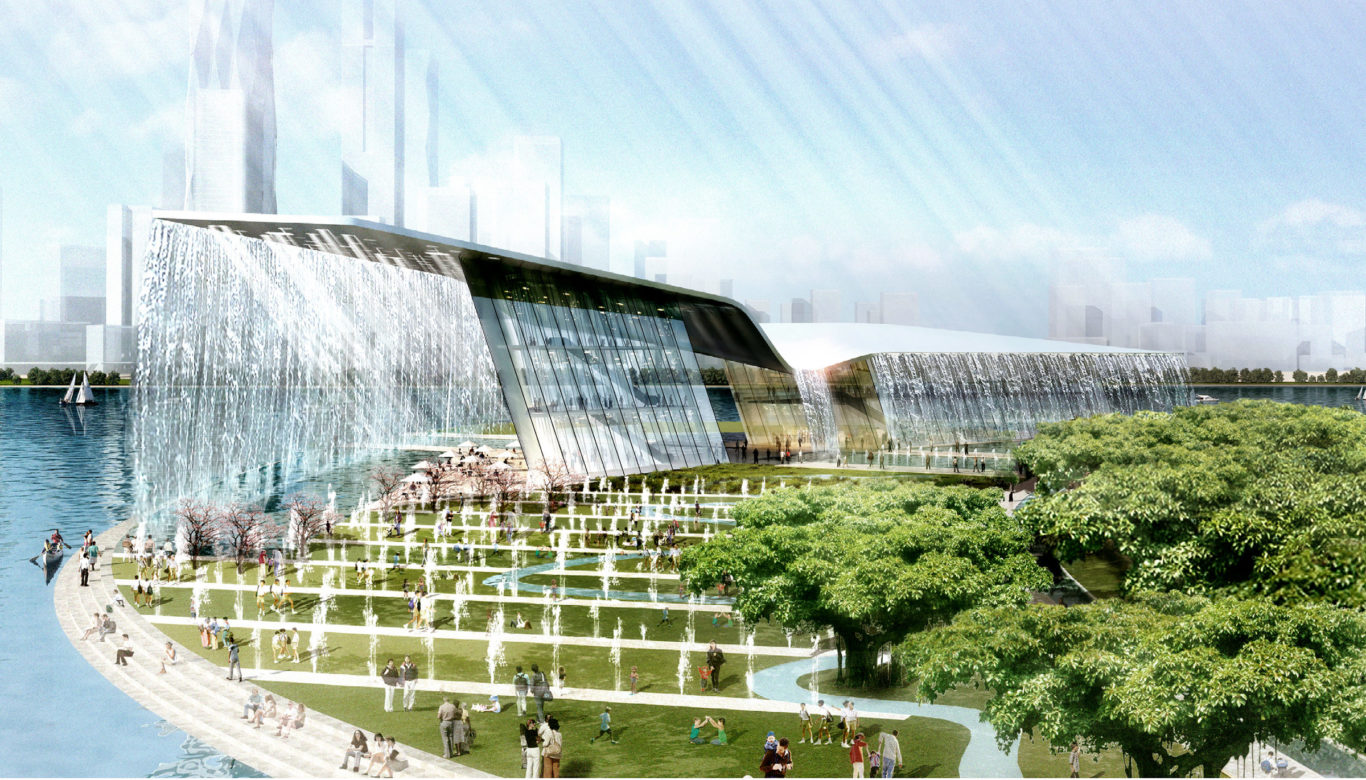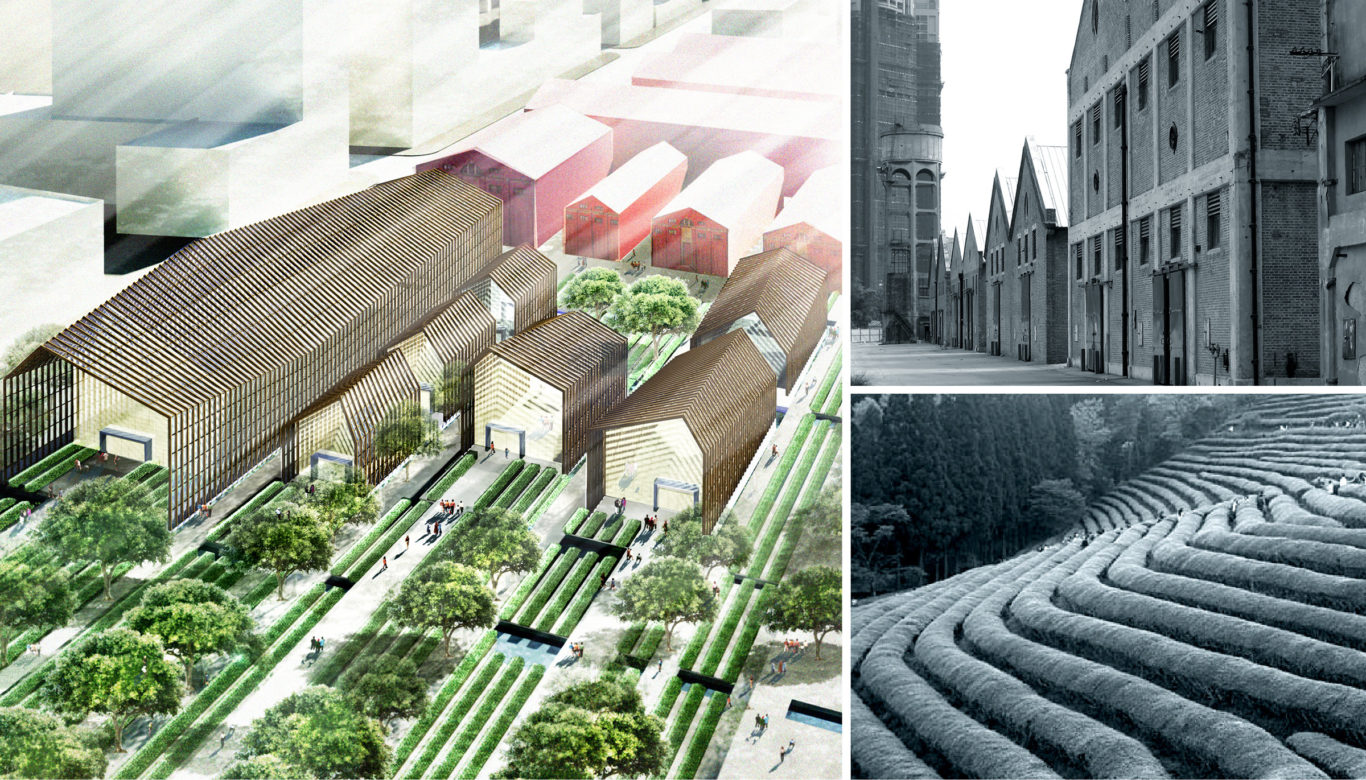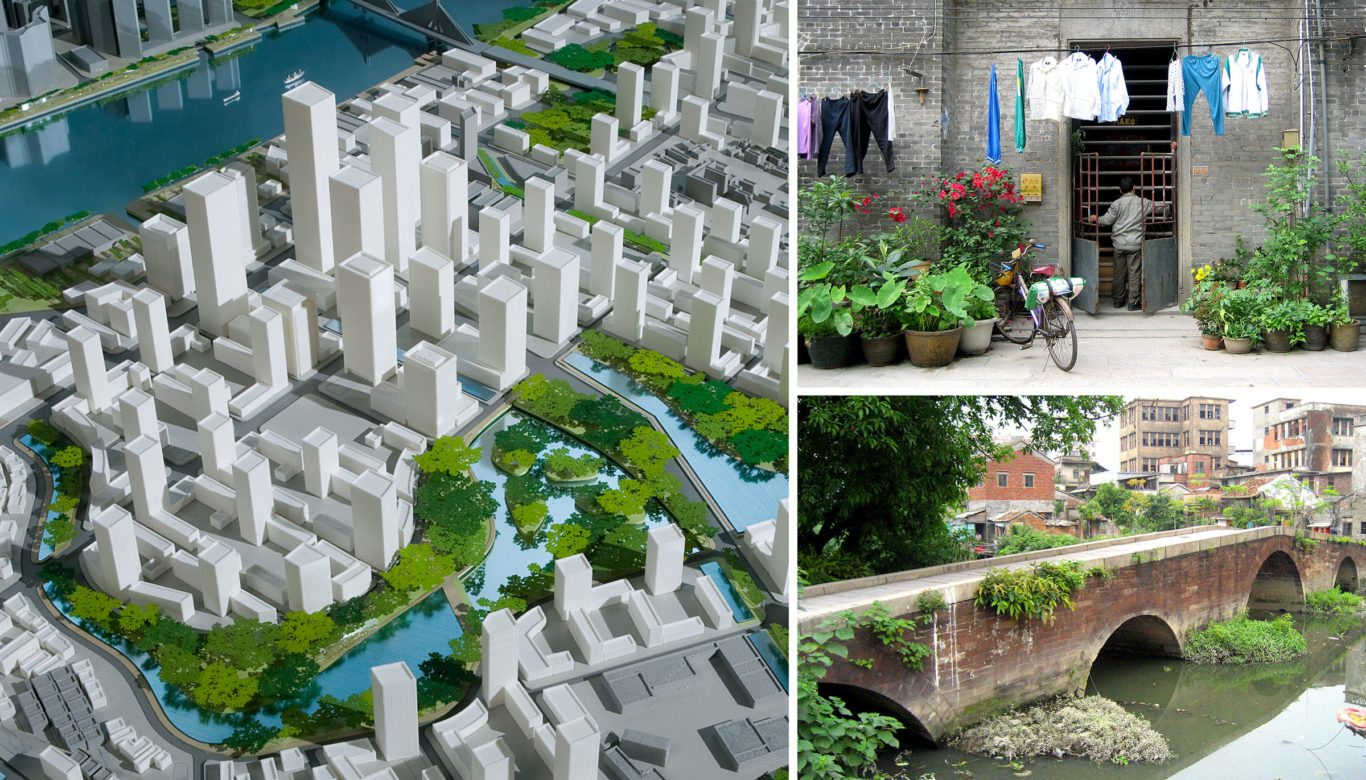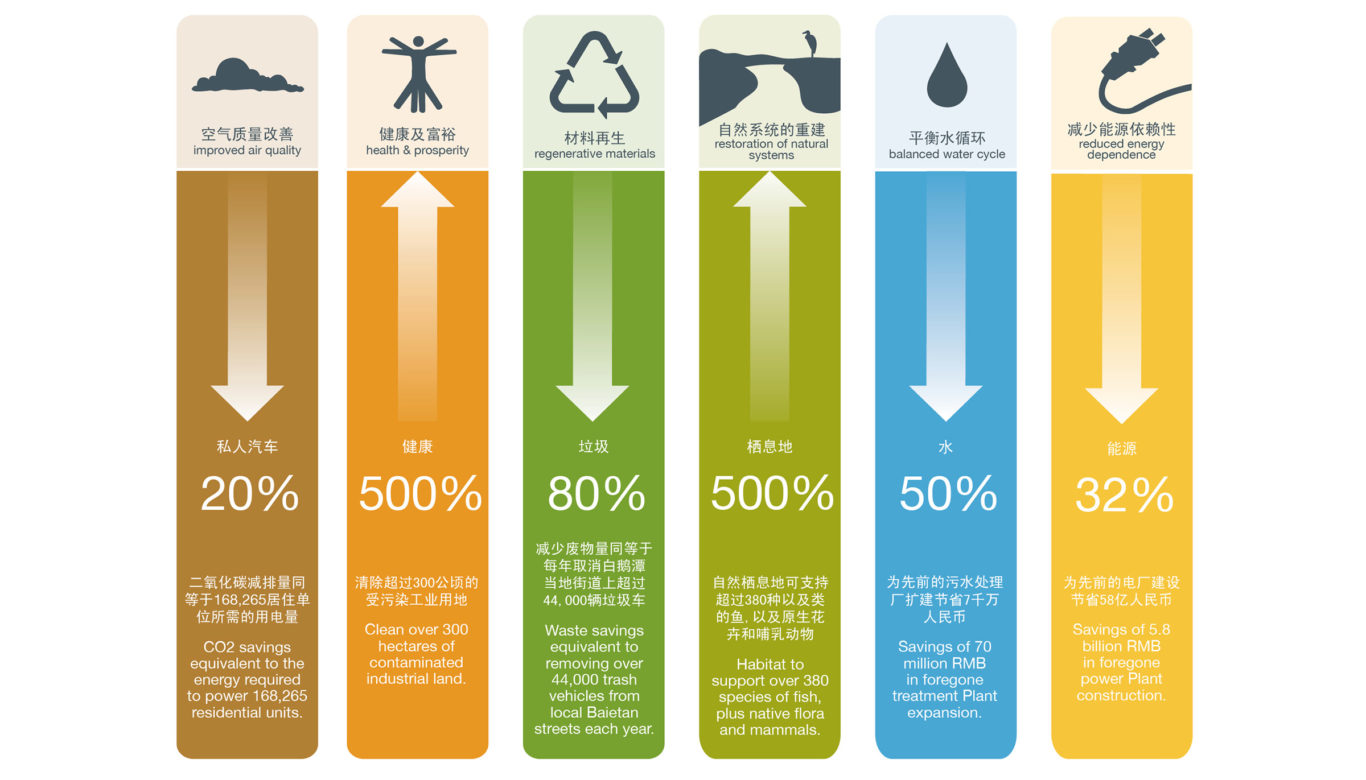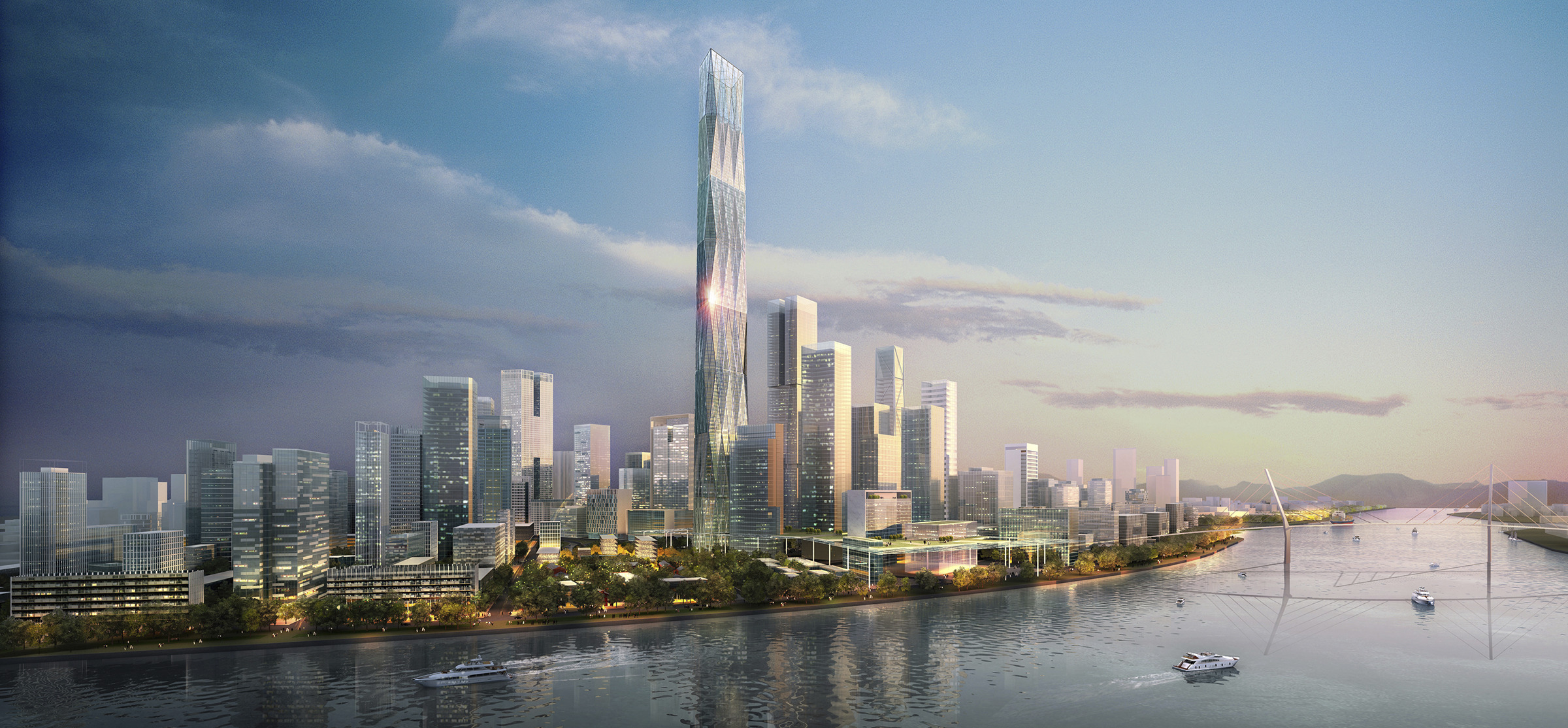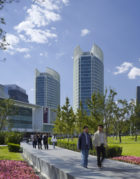The Baietan Master Plan envisions a sustainability-integrated city with over 740,000 residents and 660,000 employees situated on the banks of the Pearl River in central Guangzhou. Image © Gerry Ratto
Image: SOM | © Crystal CG
Comprehensive planning to integrate both natural and built environments, and to support ecology, flood protection, access, and economic prosperity. Image © SOM
High intensity and dense development areas are concentrated at the convergence of multiple transit lines in order to capitalize on accessibility and infrastructure investments. Image © SOM
Over 10 milion square meters of mixed-use development within walking distance of Baietan's subway stations. Image: SOM | © Crystal CG
Baietan establishes 1200 hectares of parks and open space that support a diverse matrix of habitats, recreation, and also provide flood detention. Image © Hargreaves Associates (bottom right)
Central Park acts as a "phyto" pump to remove soil and groundwater contaminants that have resulted from decades of industrial activities. Image: SOM | © Crystal CG
The Pearl River Waterfront Promenade, an over-arching organizer, unifies the entire district. Image © Hargreaves Associates
Baietan's neighborhoods are diverse and unique and are inspired by existing site features, proposed development programs, and cultural elements. Image © SOM
Baietan is a 21st century urban environment that combines the core qualities of Lingnan culture with urban density, transit accessibility, livability, and ecological vitality. Image © Chris Grubbs
The Water Museum is prominently located on the Pearl River waterfront. It explores the poetry, beauty, and importance of water to Guangzhou and the region. Image: SOM | © Crystal CG
The Tea Museum showcases the region's rich tradition in tea production, trade, and society. Image © SOM
The historic legacy of Baietan's villages, industrial sites, and infrastructure will be preserved and integrated into future developments. Image © SOM
Sustainable design standards that achieve aggresive targets for economic development, quality of life, and environmnetal responsibility have been applied to the entire 35-square kilometer project area. Image © SOM
